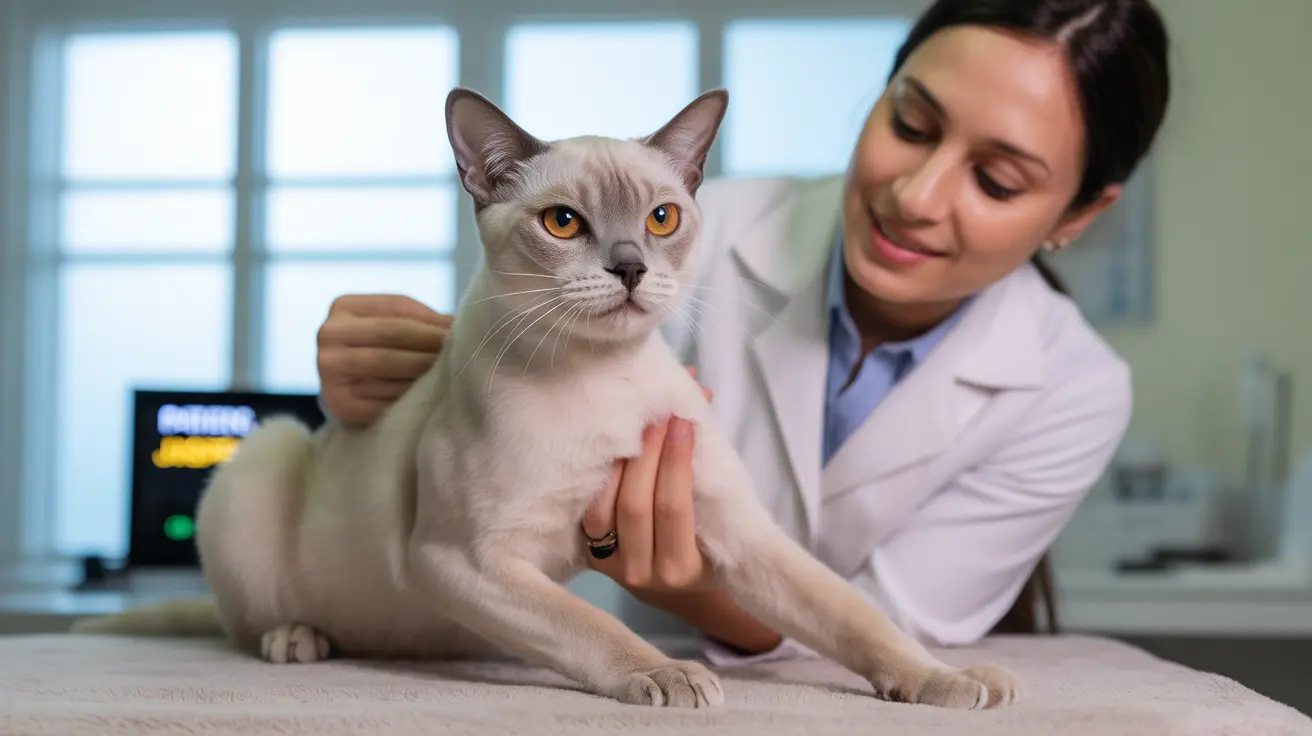Ehlers-Danlos Syndrome (EDS) in cats is a rare genetic condition that affects the body's connective tissues, particularly the skin and joints. This inherited disorder, also known as feline cutaneous asthenia, can significantly impact a cat's quality of life if not properly managed and understood.
As a concerned pet owner or veterinary professional, understanding the complexities of this condition is crucial for providing the best possible care for affected cats. Let's explore the key aspects of EDS, from its underlying causes to effective management strategies.
What is Ehlers-Danlos Syndrome in Cats?
Ehlers-Danlos Syndrome occurs when there's a genetic mutation affecting collagen production and structure in a cat's body. Collagen is a crucial protein that provides strength and elasticity to skin, joints, and other connective tissues. In cats with EDS, this collagen defect leads to unusually stretchy, fragile skin and unstable joints.
The condition typically becomes apparent early in a cat's life, often showing signs as young as eight weeks of age. While there's no cure for EDS, proper management can help affected cats live comfortable lives.
Common Signs and Symptoms
Cats with Ehlers-Danlos Syndrome display several characteristic symptoms:
- Extremely elastic, loose skin that stretches far beyond normal
- Frequent skin tears or wounds from minor injuries
- Delayed wound healing and unusual scarring
- Joint hypermobility and potential dislocations
- Easy bruising and frequent hematomas
- Saggy or pendulous skin, especially around joints
Diagnosis and Testing
Veterinarians use several methods to diagnose EDS in cats:
- Skin extensibility testing
- Detailed physical examination
- Skin biopsies for microscopic analysis
- Genetic testing when available
- Assessment of wound healing patterns
Managing Your Cat's Condition
While EDS cannot be cured, several management strategies can help maintain your cat's quality of life:
Environmental Modifications
- Remove sharp objects and potential hazards
- Provide soft bedding and resting areas
- Limit access to high places to prevent falls
- Create a safe play environment
Medical Care
Regular veterinary check-ups are essential for cats with EDS. Your vet may recommend:
- Specific wound care protocols
- Protective bandaging when necessary
- Monitoring for complications
- Pain management if needed
Daily Care Requirements
Caring for a cat with EDS requires special attention to:
- Gentle handling techniques
- Regular skin inspections
- Prompt treatment of any injuries
- Maintaining a stress-free environment
Frequently Asked Questions
What are the most common signs and symptoms of Ehlers-Danlos Syndrome (EDS) in cats?
The most common signs include extremely stretchy skin, frequent skin tears, delayed wound healing, joint laxity, and easy bruising. Cats may also show saggy skin and develop unusual scarring patterns.
How is Ehlers-Danlos Syndrome diagnosed in cats, and what tests do veterinarians use?
Veterinarians diagnose EDS through physical examination, skin extensibility testing, skin biopsies, and sometimes genetic testing. They will measure how far the skin can stretch and examine its healing patterns.
Are there specific cat breeds more likely to develop Ehlers-Danlos Syndrome?
While EDS can affect any cat breed, it has been reported more frequently in Himalayan, Burmese, and both Domestic Shorthair and Longhair cats.
How can I manage and improve the quality of life for my cat with Ehlers-Danlos Syndrome?
Focus on creating a safe environment, providing regular veterinary care, treating wounds promptly, and maintaining gentle handling practices. Environmental modifications and careful monitoring are essential.
Is Ehlers-Danlos Syndrome in cats genetic, and should I avoid breeding my cat if it has EDS?
Yes, EDS is genetic and can be inherited in both dominant and recessive patterns. Breeding cats with EDS is not recommended to prevent passing the condition to offspring.
Conclusion
Living with a cat diagnosed with Ehlers-Danlos Syndrome requires dedication and careful attention to their special needs. While the condition presents significant challenges, understanding its nature and implementing appropriate management strategies can help ensure your cat leads a comfortable and fulfilling life. Regular veterinary consultation and maintaining a safe environment are key to successful long-term care.






